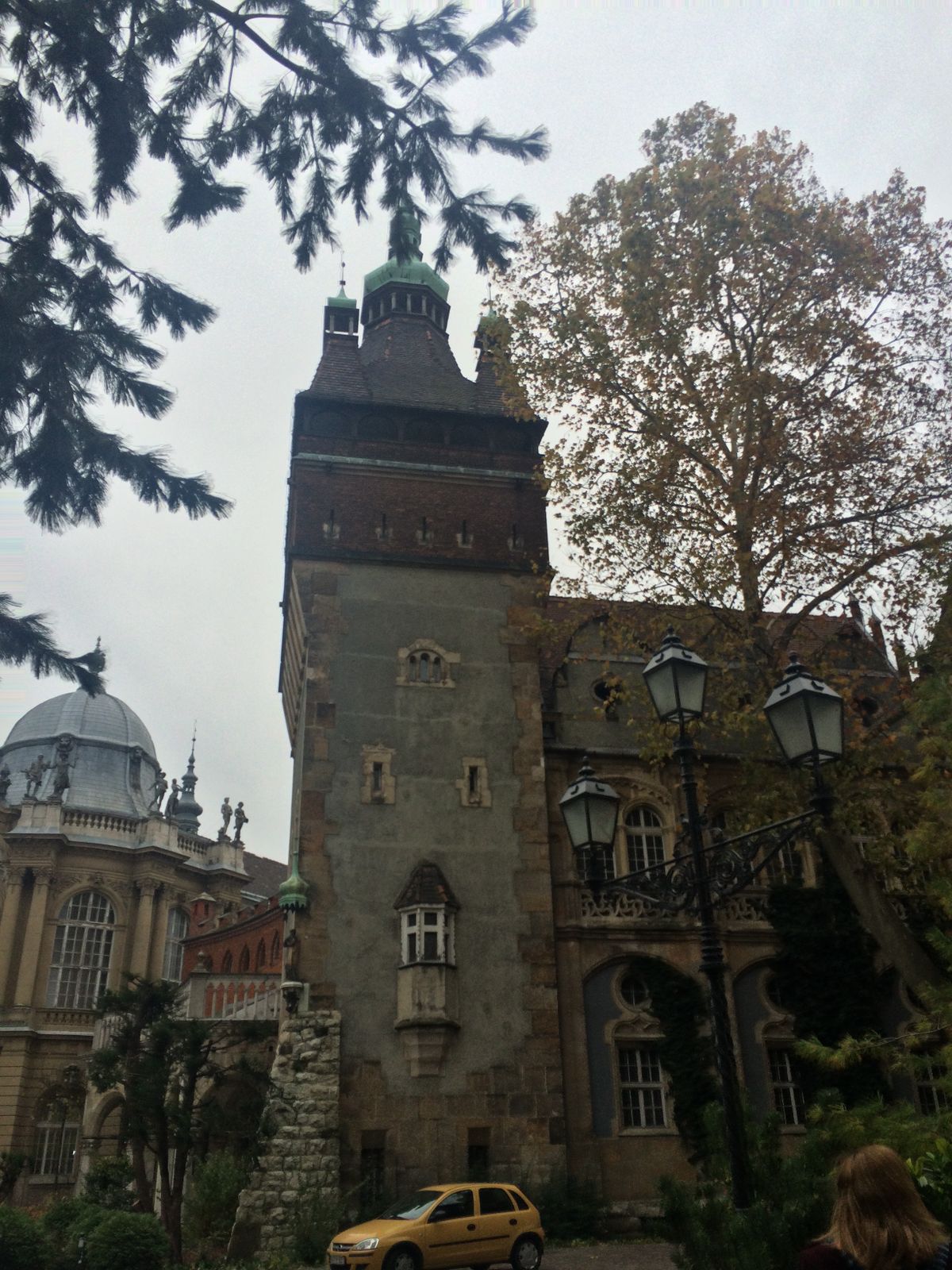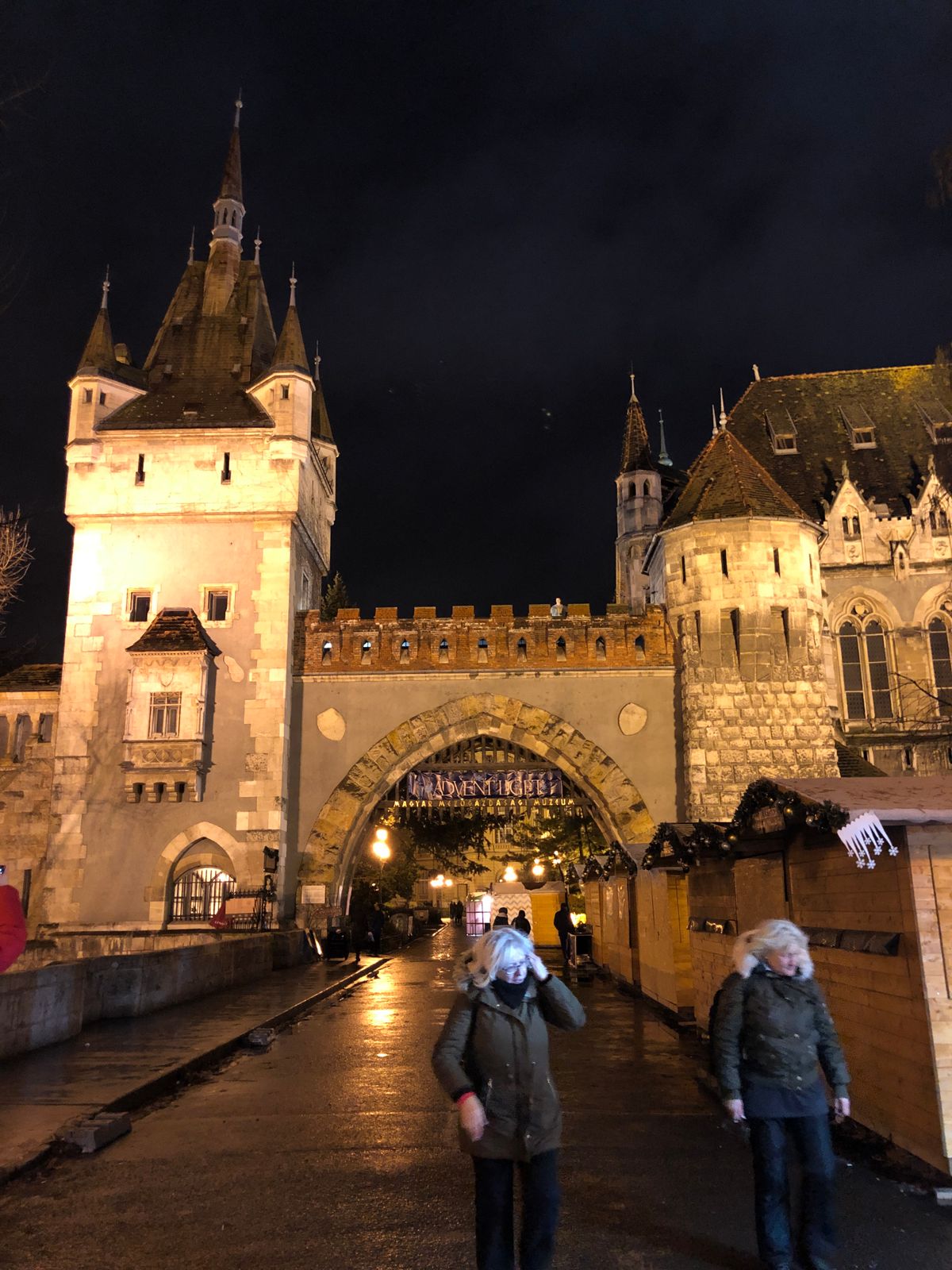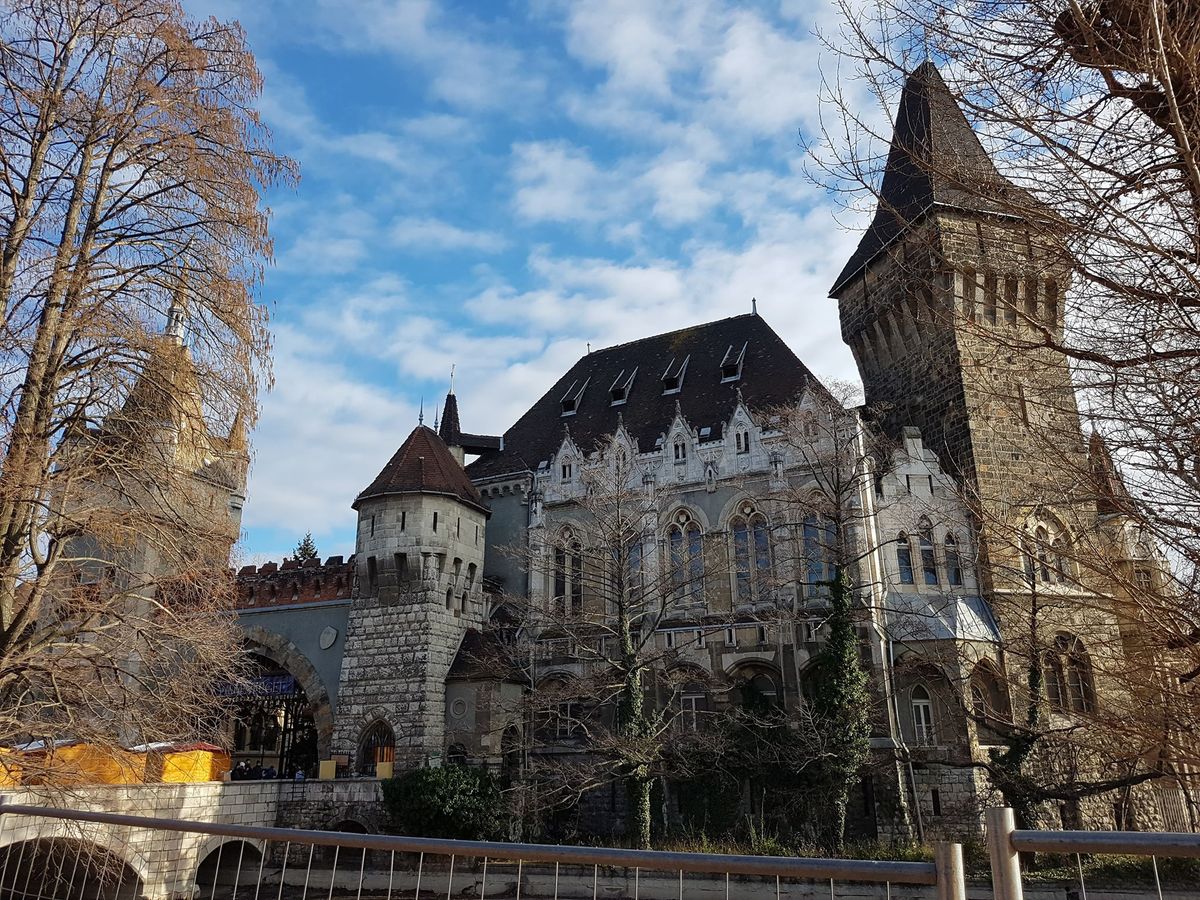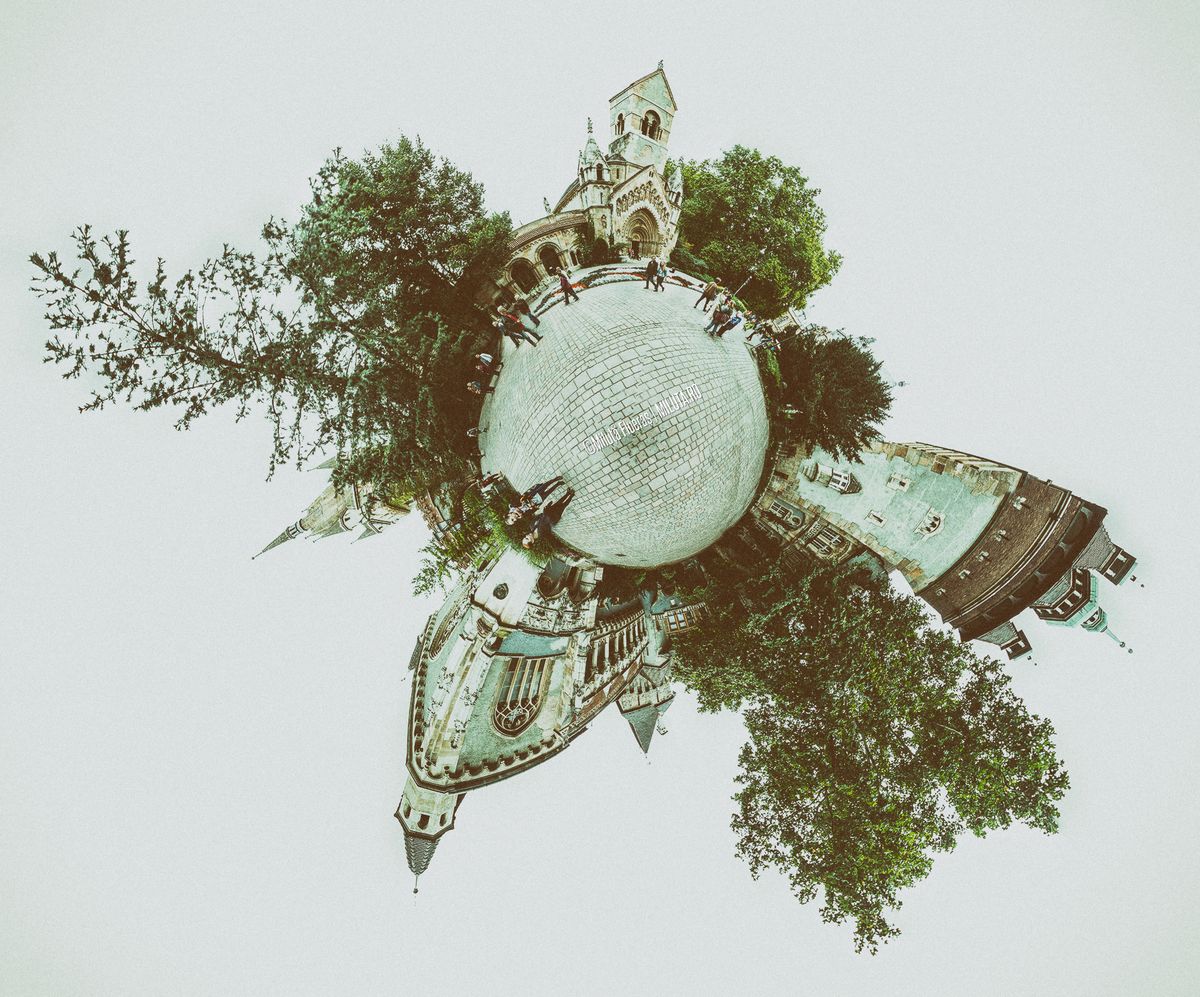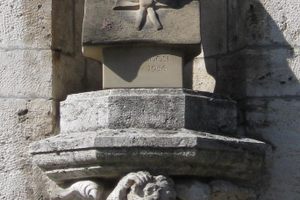About
Showcasing four distinct architectural styles, Vajdahunyad Castle is a thoroughly unique tribute to Hungary's millennium-long architectural tradition.
Designed by architect Ignác Alpár in 1896 as part of Hungary's millennial celebrations (commemorating one thousand years since the medieval Magyars first settled on the plains of Pannonia), Vajdahunyad Castle was originally intended to be a temporary exhibition, and was constructed out of wood and cardboard. However, the attraction proved such a hit with locals and visitors alike that a more permanent structure was built in 1904.
The castle itself is divided into four sections, showcasing Gothic, Baroque, Renaissance, and Romanesque architecture. Within each section, the castle is further divided, in total comprising twenty-one smaller buildings linked together, each having been designed as a replica of other significant structures to be found throughout Hungary and Romania. Perhaps the most striking section of the castle is the Gothic wing, modeled on Corvin Castle in Romania, which served as the historical home of János Hunyadi, the Hungarian noble from whom Vajdahunyad Castle derives its name.
Located on an artificial island in the heart of Budapest within spitting distance of Hungary's national monument, Vajdahunyad Castle nonetheless presents an odd contrast to its stately surroundings. The clash of colors, patterns, engravings, and building materials give the structure an almost funhouse-like appearance, and eerie statues of Béla Lugosi and the anonymous author of the Gesta Hungarorum, "the deeds of the Hungarians," on the castle grounds add to the site's dreamy ambiance.
The castle also houses the Museum of Hungarian Agriculture.
Related Tags
Community Contributors
Added By
Published
July 29, 2014






















